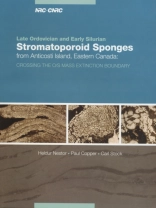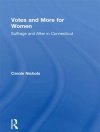During Late Ordovician and Early Silurian time, from 450 to 428 million years ago, stromatoporoid sponges were some of the most common and abundant fossils in shallow water tropical settings of the Anticosti Basin (Gulf of St Lawrence). They formed dense, massive coralline skeletons of calcium carbonate, some up to a meter or more across, especially in reef environments, but also in deeper waters of the Anticosti shelf, down to the margins of the photic zone, where light faded. The Anticosti Basin reveals one of the most fossiliferous carbonate sequences worldwide for rocks of this age, straddling a global mass extinction boundary, and thus revealing not only those taxa that became extinct, but also how the seas were repopulated in an equatorial setting after the mass extinction.
Paul Copper & Heldur Nestor
Late Ordovician and Early Silurian stromatoporoid sponges from Anticosti Island, eastern Canada [PDF ebook]
Late Ordovician and Early Silurian stromatoporoid sponges from Anticosti Island, eastern Canada [PDF ebook]
Buy this ebook and get 1 more FREE!
Format PDF ● Pages 173 ● ISBN 9780660199306 ● Publisher NRC Research Press ● Published 2010 ● Downloadable 3 times ● Currency EUR ● ID 8045151 ● Copy protection Adobe DRM
Requires a DRM capable ebook reader












